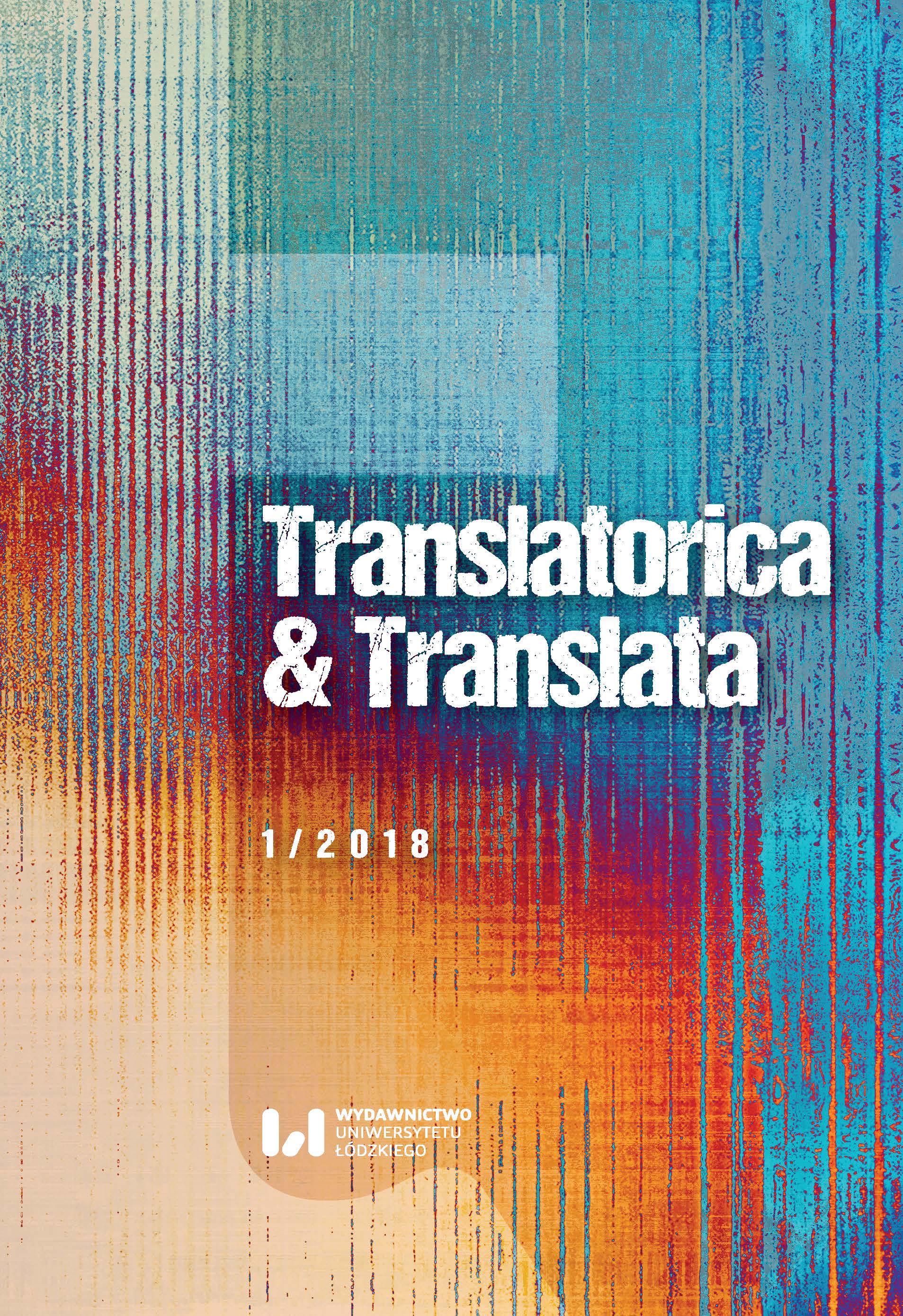Choosing between isometry and rhyme. A new Polish translation of Ianus Secundus’ Basia
DOI:
https://doi.org/10.18778/2544-9796.01.01Keywords:
Ianus Secundus, Basia, Polish translations of Secundus’ BasiaAbstract
Jan Everaerts, a poet from The Hague, also known as Ianus Secundus (1511–1536) gave the posterity his translations from Greek into Latin, epigrams, letters and travel diaries among others, but he is mainly known as the author of love poetry: a book of elegies entitled Iulia in honor of his first beloved and the famous collection of 19 poems entitled Basia (The Kisses), written for the other lady of his heart, named Neaera. Basia were willingly read, imitated and translated both by contemporaries of Secundus and poets of the next centuries; there are plenty of translations of Basia into European languages, more or less faithful to the Latin original. In Polish we may read Pocałunki (The Kisses) by Arnold Spaet (1932) and by Wiesław Sienkiewicz (1991) – the latter is an isometric translation based on the philological one by Ksawery Sajewicz. The author of the paper presents both observations on selected Polish translations and a sample of her own translation of Secundus’ Basia.
References
Catullus C.V., 1980, Carmina, recogn. brevique andotatione critica instruxit R.A.B. Mynors, Oxonii.
Google Scholar
Katullus, 1956, Poezje, przeł. A. Świderkówna, oprac. J. Krókowski, Wrocław–Kraków.
Google Scholar
Owidiusz [brw], Sztuka kochania, wolny przekład J. Ejsmonda, Lublin.
Google Scholar
Secundus I., 1932, Pocałunki, z łac. oryginału przeł. A. Spaet, wstęp napisał R. Ganszyniec, Lwów.
Google Scholar
Secundus I.N., 1991, Pocałunki, przeł. W. Sienkiewicz, Kraków.
Google Scholar
Secundus I., 2018, Poezje, przeł. A. Łuka, Lublin (w przygotowaniu do druku).
Google Scholar
Ejsmond J., 1985, Podręcznik całowania, Warszawa.
Google Scholar
Forcellini (red.), 1940, Lexicon Totius Latinitatis, Ae. Forcellini, t. III, Patavii.
Google Scholar
Grimal P., 1987, Słownik mitologii greckiej i rzymskiej, red. nauk. J. Łanowski, hasła przeł. M. Bronarska i in., przedmowę przeł. J. Łanowski, Wrocław.
Google Scholar
Łuka A., 2014, Translatorskie losy pieśni Horacego Ad Lydiam meretricem, „Między Oryginałem a Przekładem” 26, Przekład w kulturze, s. 79–100.
Google Scholar
Łukaszewicz-Chantry M., 2014, Kobieta jako postać literacka w łacińskiej poezji renesansu. Italia i Polska, Wrocław.
Google Scholar
Plezia M. (red.), 1999, Słownik łacińsko-polski, t. IV, Warszawa.
Google Scholar
Skwara E., 2012, Kłopotliwi mistrzowie, czyli o rymotworcach tłumaczących literaturę antyczną, „Przekładaniec” 26, Kraków, s. 150–164.
Google Scholar
Sternbach H., 1932, Joannes Secundus, Pocałunki, przeł. A. Spaet, wstęp napisał R. Ganszyniec (recenzja), „Kwartalnik Klasyczny” 6/2, s. 200.
Google Scholar
Urban-Godziek G., 2005, Elegia renesansowa. Przemiany gatunku w Polsce i w Europie, Kraków.
Google Scholar
Urban-Godziek G., 2009, Magistri basiorum – neoplatońskie wariacje na temat katullańskich pocałunkow. Od Giovannniego Pontana do Jacobusa Pontanusa, [w:] K. Rzepkowski (red.), Aemulatio & Imitatio. Powrot pisarzy starożytnych w epoce renesansu, Warszawa, s. 39–58.
Google Scholar
Leśmian B., 1989, Poezje wybrane, wybór i wstęp Cz.M. Szczepaniak, Warszawa.
Google Scholar
Mickiewicz A., 1994, Dziady, cz. II i IV, Poznań.
Google Scholar
Downloads
Published
How to Cite
Issue
Section
License

This work is licensed under a Creative Commons Attribution-NonCommercial-NoDerivatives 4.0 International License.








